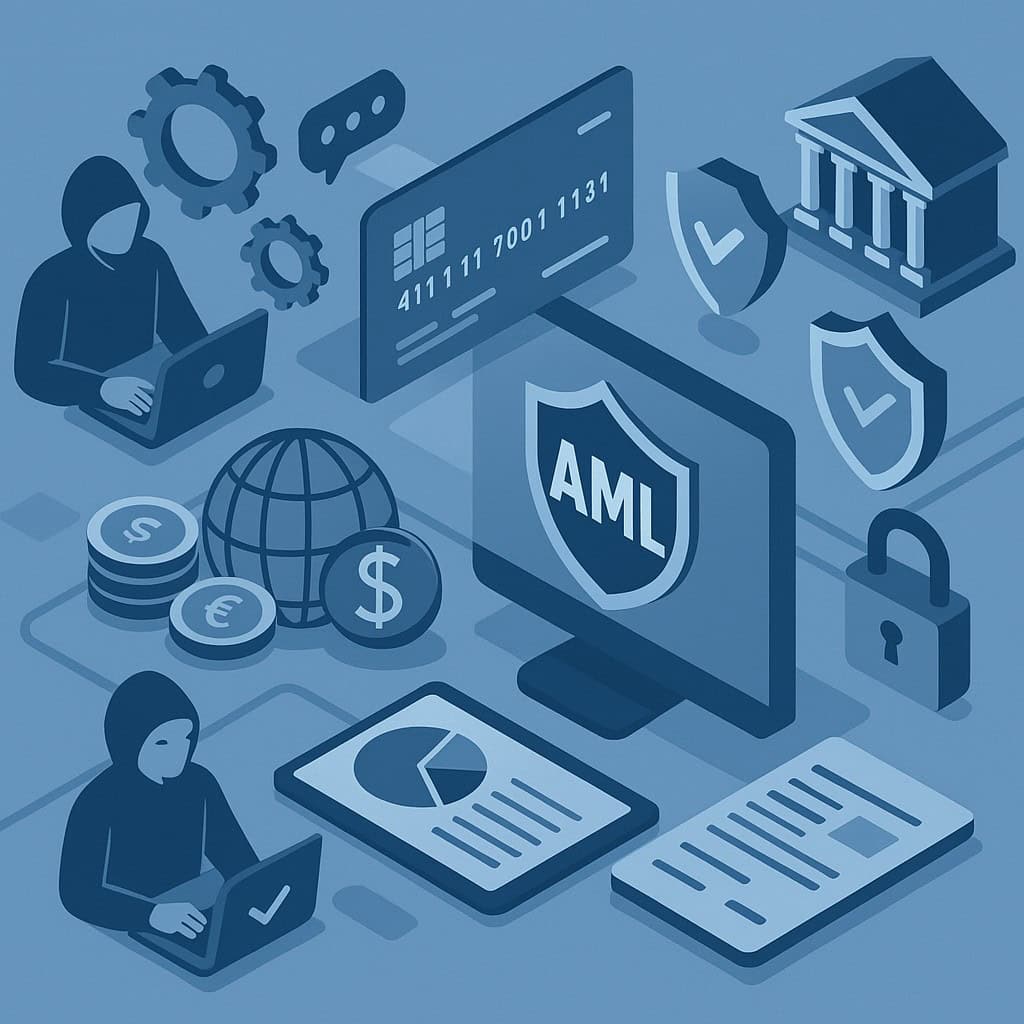The current business of global finance is as much about technology as it is about trust. Oh, and trust—there is no better trust indicator than a genuine PSP license. For a global payments system, it won’t be a box-checking exercise; there has to be a way of ensuring trust. I don’t believe in the trustless model; you don’t believe in the trustless model. At some point, we must exchange on an open network crawling with attack traffic. I still think the idea of a global payment system that’s trustless is more magic than a technology challenge.

For any platform offering global payment systems at this scale, it’s more than a mere box-ticking exercise; it’s the base layer every company must build on. But, honestly, once they get the license, the hard part begins. Anti-money laundering (AML) and compliance in general can no longer be a bolt-on; it needs to be embedded throughout your organization, from a code-centric approach to customer service. So how can you construct a system where every transaction on every channel isn’t just fast but also clean, safe, and demonstrably legitimate? Let’s break it down.
Implement AML monitoring systems across all payment channels
- The Case for Monitoring
Now get this: you run a payments platform that’s truly global, supporting users who move money via mobile apps, web wallets, point-of-sale terminals, and API calls. That’s a lot of moving parts—and a lot of ways for bad actors to slip through. With inadequate monitoring, you might as well be in the dark.
- What to Add to Your Monitoring Stack
- Centralized Monitoring: Centralize all payment methods—web, mobile, point of sale, and others—into a single AML monitoring dashboard. This way, none of the details will fall through the cracks.
- Behavioral Intelligence: Think of it as a smart guard dog. It must employ machine learning to learn from user habits and raise a flag if something changes. For example, if a user starts logging in from a new country and immediately makes significant money moves.
- Rule-Based Alerts: Keep strict rules about daily transaction limits, currency discrepancies, and after-hours behavior.
- Immediate Escalation Tools: When a transaction doesn’t seem right, the system should automatically hold and escalate that transaction for further verification or compliance review.
- Detailed Log Files: Everything you do—whether by machine or human—needs to be transcribed and documented. For an internal,also external, audit.
Establish customer risk profiles and transaction monitoring
- Why Risk Profiling Works
All customers aren’t created equal—not when it comes to risk. By breaking your customers into different levels of risk-profile adherence, you can apply a sufficient level of scrutiny where it’s needed.
- Levels of Smart Risks You May Consider
- Location Risk: Map high-risk countries to AML. For users transferring in or out of those areas, label them as being on the conservative end of the range.
- KYC Completeness: Incomplete KYC information is a warning sign. The risk begins to grow as soon as you cannot identify a user with certainty any longer.
- Behavioral Indicators: Red flags include making round-number transfers (more than once), switching currency quickly, or logging in from many different devices.
- Type of Business: Certain businesses (shell corporations, big remittance players) may need to be subject to stricter adherence.
- Apply Tiered Monitoring
- Low/High Moderate Risk Users: Implement automated checks with some manual validation and end-to-end modeling.
- Very Low Risk Users: Manual review is optional.
- Users at Moderate Risk: Monitor all traffic with an IDS (intrusion detection system) focusing on these transactions in real-time, sending alerts only if a certain threshold is reached.
- High-Risk Users: Conduct manual reviews, high sampling, and maintain the ability to escalate the case.
When you tune your monitoring to risk, you reduce the number of false positives and focus where the risk is.
Conduct regular audits and investigations
- Why You Can’t Skip Audits
Poll any compliance officer worth their salt—systems don’t always do what they are supposed to do. That’s where audits come in. An audit isn’t a “gotcha” game after someone has already been caught doing something wrong; it’s about ensuring your AML machine is humming along as intended.
- What to Cover in an AML Audit
- Check Systems: Are the alerts working appropriately? Are logs intact? Do escalations follow protocol?
- Process Review: Are policies what are or should be practiced? Or are people simply blowing past them because they are too complex?
- People Test: Do your employees know what to do if they see something odd? Random tests and simulations are important here.
- Corrective & Follow-Up: Detail every issue found, resolve it on the spot, and keep track of its status.
Stay updated on international AML regulations
When a significant red flag occurs in your monitoring system, it’s time to get to the bottom of it:
- Collect the Evidence: Preserve logs, payment chains, user messages—you name it.
- Carry Out Enhanced Due Diligence (EDD): This could mean requesting further documents, checking with external affiliations, or conducting interviews.
- Make the Call: Decide whether to clear the case, freeze accounts, or file a SAR.
- Document Everything: If regulators do call, you need to be able to show not just what you found but what you did with it.
The audit and investigation are the court of last resort. Don’t regard them as an afterthought; they are an important part of creating a healthy compliance culture.
Stay Informed About Global AML Regimes
- Why Rules Matter Now (More Than Ever)
AML isn’t just local anymore. If you are handling global payment systems, you need to know how your practices fare when you move across a border. What’s permissible in London might be outlawed in Lagos or São Paulo.
- Know Your Frameworks
- FATF: The global watchdog. Their protocols are considered the gold standard globally.
- EU AML Directives: Changes are coming at pace—prepare for stricter KYC and crypto rules.
- U.S. BSA & FinCEN: If you touch U.S. dollars in any way, you’re impacted—there are zero exemptions.
- APAC & LATAM: Singapore and Mexico are building their own models.
- How to Keep Up
- Sign Up for Legal Feeds: Get the latest news and views on Canadian law.
- Work with AML Communities: Peers and associations can help you correctly apply rules.
- Update Your SOPs: Retrain your teams and refresh your internal processes, as regulations may change.
If you’re not refreshing constantly, you are falling behind—fast.
An AML Compliance Checklist That Works
Best practices for any institution using international payments to start getting its house in order:
- All your channels in one place with real-time tracking.
- Use AI to prepare behavior and detect anomalies.
- Build multi-level risk profiles and set up custom rules.
- Conduct a quarterly internal audit and role-play as if it were a real emergency.
- Maintain thorough documentation on all investigations and track follow-ups.
- Keep up on evolving AML compliance around the world.
- Train employees and foster cross-functional appreciation of compliance obligations.
- Maintain a feedback loop with tech, legal, and customer operations.
Conclusion
Building an effective system of AML compliance within global payments is not a mere check-the-box exercise; it’s about creating a responsive, ethical, smart infrastructure that evolves to meet changing threats. Whether it’s scaling monitoring across channels, sharpening risk profiles, conducting meaningful audits, or socializing new rules, what you do today helps avoid bigger problems tomorrow.
Above all, AML compliance is a matter of trust: trust with regulators and trust from all the individuals and companies who rely on you to move and settle their money safely.
Written by Denis Chernyshov





